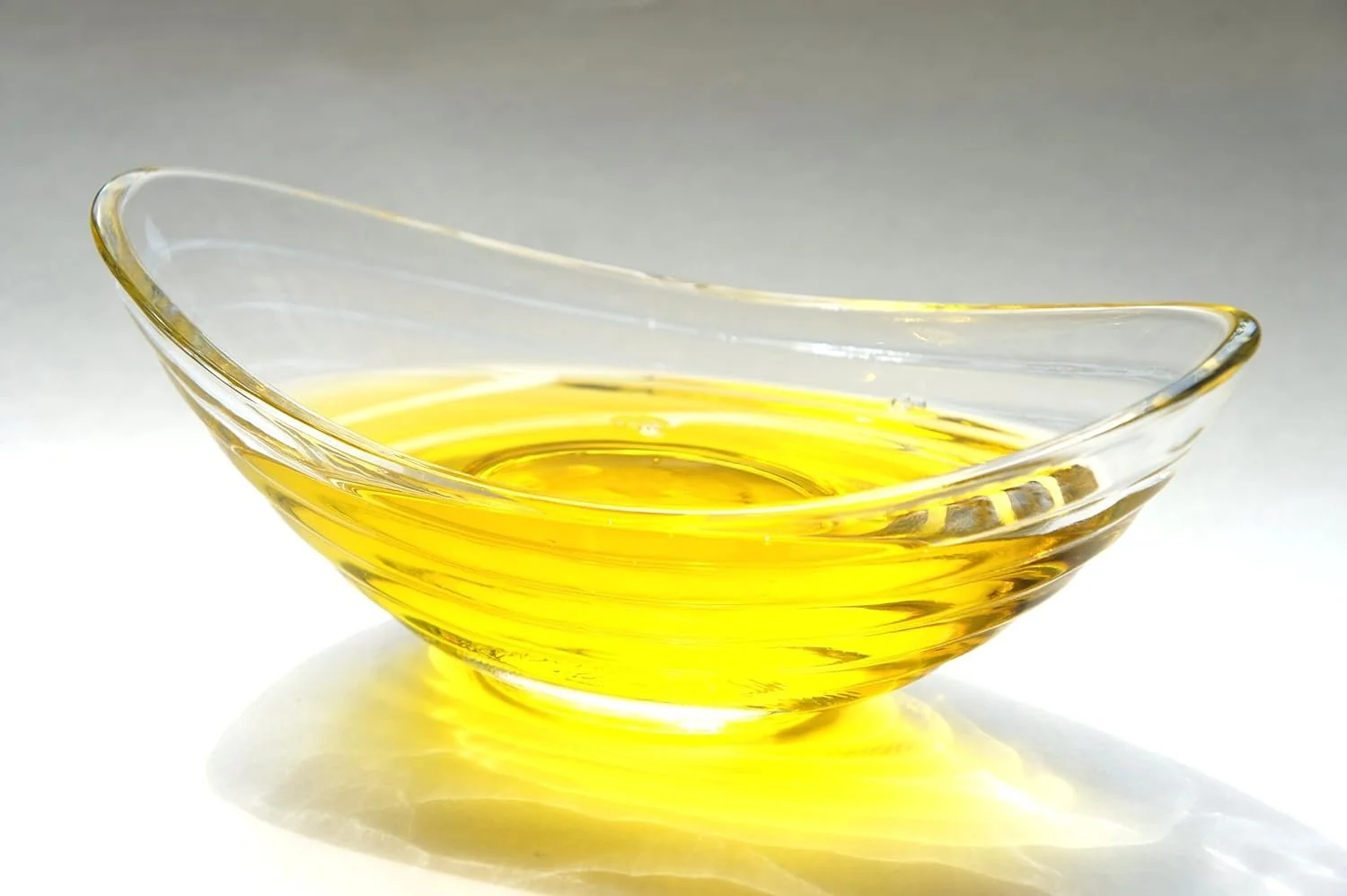Pecan oil is taking its place alongside other cooking oils like corn, olive, peanut, canola and sunflower on grocer's shelves. Up until recently, it was mostly used as massage oil or incorporated into bath soaps. But as a cooking oil, it can be used in salad dressings, frying and other applications.
Nutritional Advantages
Compared to commonly used oils like soybean, peanut or olive, pecan oil has a light color and flavor and less saturated fat. Canola oil has even less saturated fat, but pecan oil has about a third more polyunsaturated fat, and the total is higher than soybean, corn, peanut or canola oils.
Substituting polyunsaturated fats for saturated fats has been shown to lower LDL cholesterol and, in clinical trials, it has led to a reduced risk of heart disease.
LDL is the bad type of cholesterol. Studies have shown that replacing saturated fat in the diet with monounsaturated fats, like those found in olive oil, peanut oil and nuts, may lower blood sugar levels and have a mild cholesterol-lowering effect.
One tablespoon of pecan oil has about 14 grams of fat, which is about 22 percent of an average adult's daily value of fat and contains 120 calories.
Those with nut allergies must avoid nut-based oils, including pecan oil.
How to cook with pecan oil.
Pecan oil can be used in baking recipes that call for butter or oil. Homemade sauces and salad dressings can use pecan oil as a base.
Use pecan oil for frying meats and veggies, or stir fry meals. It has a higher smoke point (470 degrees F) than many other oils. In comparison, butter is around 350, vegetable shortening around 360, soybean oil around 395, virgin olive oil around 420, peanut oil around 440.

